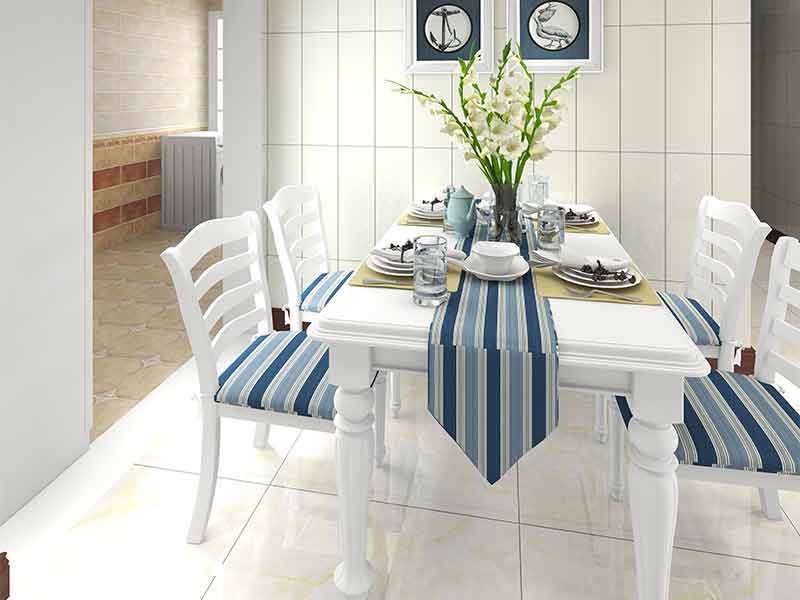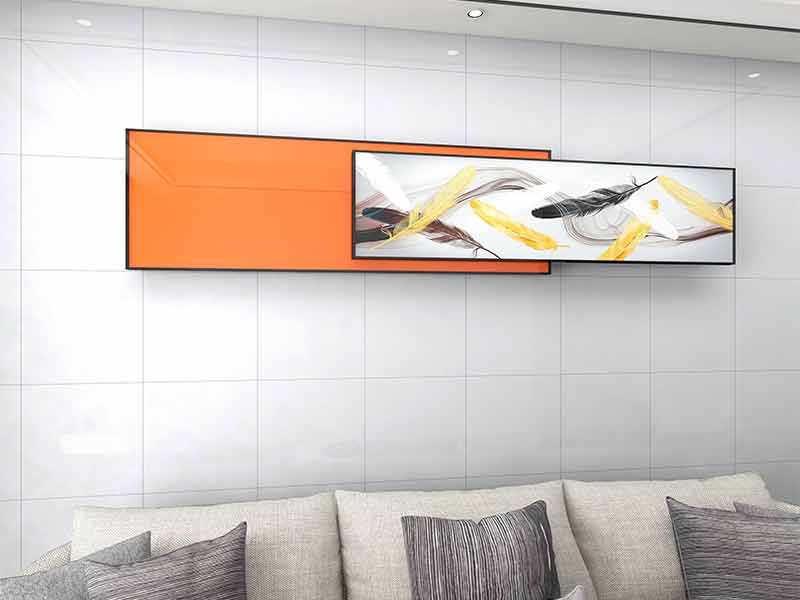NEWS
Categories List
How to Safely Remove Laminate Wood Flooring
Removing laminate wood flooring is a task that can be done with some basic tools and careful planning. Whether you're replacing your floors or preparing for renovations, following these steps will help you safely and efficiently remove laminate flooring without damaging the subfloor or surrounding areas.

1. Gather the Necessary Tools
Before you start, make sure you have the right tools:
- Pry bar or crowbar
- Hammer or mallet
- Utility knife
- Pliers
- Gloves
- Knee pads (optional, for comfort)
- Trash bags or a container for debris
2. Prepare the Area
- Clear the Room: Remove all furniture, rugs, and other items from the room. This will give you clear access to the flooring.
- Protect Baseboards and Walls: Consider placing painter's tape or other protective material along the baseboards and walls to avoid scratches or damage during the removal process.
3. Remove the Molding or Baseboards
- Identify the Trim: Start by removing any quarter-round molding or baseboards that cover the edges of the laminate flooring. These trims are usually attached to the wall, not the flooring, so they can be reused if removed carefully.
- Use a Pry Bar: Gently insert a pry bar between the wall and the molding, then carefully pry the molding away from the wall. Work your way along the length of the molding, being careful not to break it if you plan to reuse it.
4. Begin Removing the Laminate Planks
- Start at the Edge: Begin at one edge or corner of the room where you’ve removed the molding. Laminate flooring is typically installed using a click-and-lock system, so once you get one plank loose, the others should come out more easily.
- Lift the Plank: Use a pry bar or your hands to lift the first plank. Insert the pry bar under the edge of the plank, and gently lift it up. If the flooring is glued down, you might need to apply more force or use a utility knife to cut through the adhesive.
- Work Methodically: Continue to remove the planks row by row. If the flooring is installed with a floating method (not glued), it should lift out easily. If glued, be cautious and take your time to avoid damaging the subfloor.
5. Dispose of the Old Flooring
- Separate Recyclable Materials: If possible, separate any recyclable materials from the laminate for proper disposal.
- Dispose of Debris Safely: Place removed planks, underlayment, and other debris in trash bags or containers for proper disposal. Be sure to check local disposal regulations, as some areas may have specific requirements for disposing of laminate flooring.
6. Inspect and Clean the Subfloor
- Check for Damage: Once the laminate flooring is removed, inspect the subfloor for any damage or repairs that may be needed.
- Clean the Subfloor: Sweep or vacuum the subfloor to remove any dust, debris, or adhesive residue. This will prepare the surface for any new flooring installation.
Additional Tips
- Take Breaks: Removing flooring can be physically demanding, so take regular breaks to avoid fatigue.
- Use Protective Gear: Wear gloves to protect your hands from splinters and sharp edges, and consider knee pads for comfort while working on the floor.
- Work Carefully with Glued Floors: If the laminate is glued down, take extra care to avoid damaging the subfloor. Use a utility knife or adhesive remover if necessary to help release the planks.
By following these steps, you can safely and effectively remove laminate wood flooring, leaving your subfloor ready for the next phase of your project.
Leave A Reply
Please give us a message
CONTACT US
Please give us a message
CONTACT US



